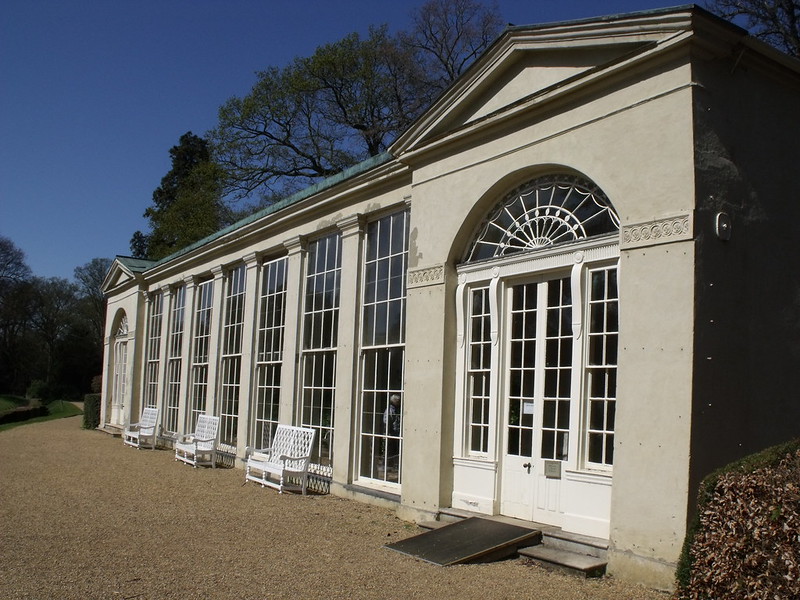Conservatory. Sunroom. Orangery.
These three words are often mixed up and misused. We explained the difference between a sunroom and a conservatory in a previous blog post - today we're going to try and define what an orangery is, and how it differs from the other two.
Here's an example of what an orangery looks like:

Photo by Elliott Brown (License)
As you can see, an orangery looks very similar to a conservatory, but there's one defining difference: a conservatory has a glass roof, whereas an orangery has a solid roof.
Why is it called an orangery?
Orangeries were de rigueur in the 17th and 18th centuries. During that period, they were often used to house orange trees and lime trees during the winter - hence the name.
But an orangery isn't quite the same thing as a greenhouse. Whereas greenhouses tend to prioritise function over appearance, orangeries are designed to be admired. Many high-class residences and stately homes have elegant orangeries on their grounds; indeed, an orangery was considered quite the status symbol back in the day.
Is an orangery better than a sunroom?
There's no denying that an orangery can still make a magnificent addition to your home. But sleek, modern sunrooms have a number of advantages over old-fashioned orangeries:
- Sunrooms are quicker and easier to construct
- Sunrooms rarely require planning permission (more info here)
- Sunrooms are generally a good deal less expensive than traditional orangeries / conservatories
- Sunrooms can be built from a variety of different materials (glass, heat-repelling polycarbonate, etc.)
If you're thinking of adding a sunroom to your property, SunSpaces can help! Get in touch now to request a quote.
Browse Our Sunrooms >>
